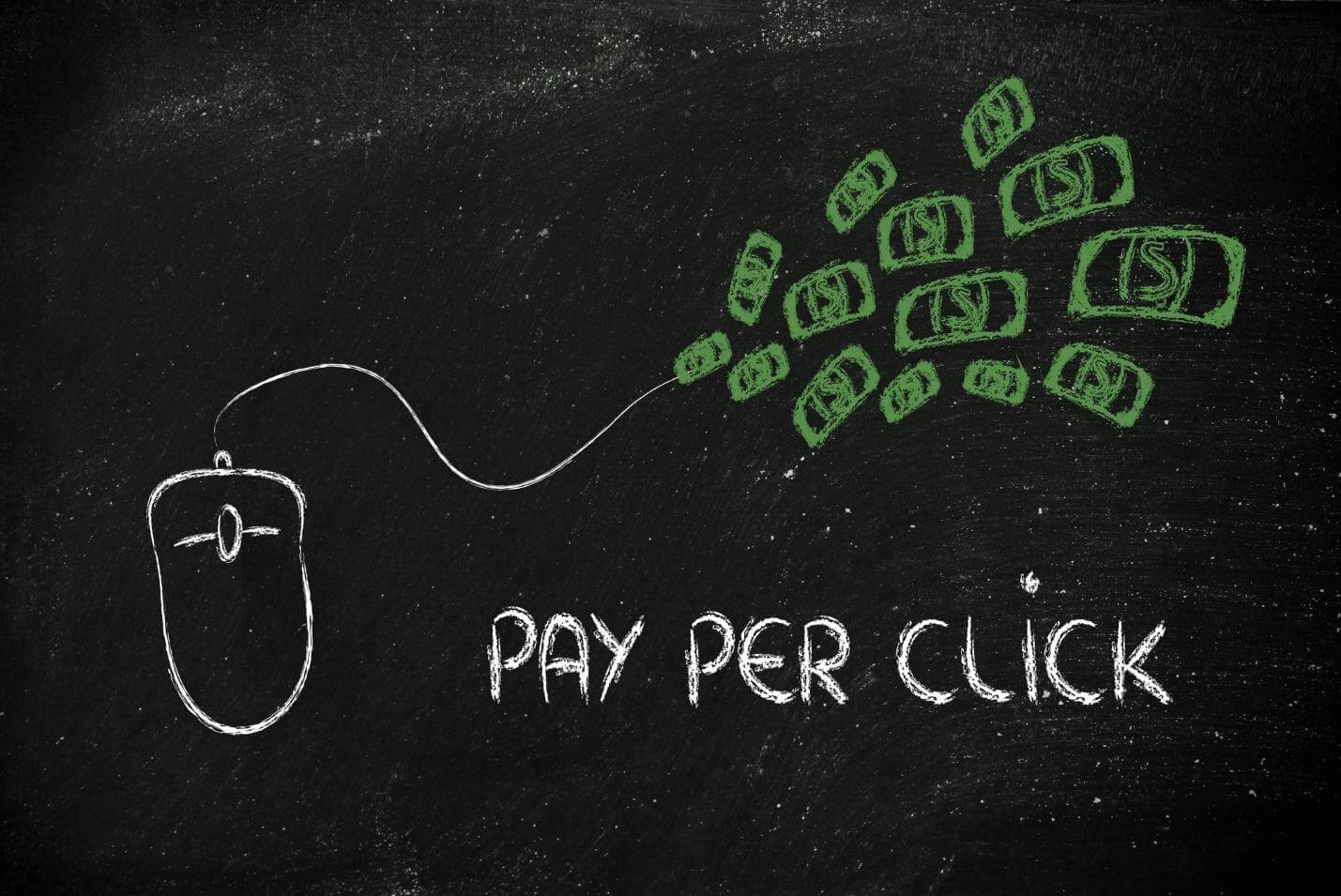Startups and global enterprises alike invest millions in Pay-Per-Click in Web Marketing (PPC) advertising—and for good reason. As it turns out, companies earn $2 for every $1 spent on PPC. That’s a 200% return on investment rate!
This advertising model allows organizations to expand their reach and increase sales. Over time, it can lead to enhanced brand awareness and higher revenue. On top of that, it makes it easier to laser target your ideal audience and maximize your marketing budget.
But the role of pay-per-click in web marketing goes beyond increased sales and revenue. A well-thought-out PPC marketing campaign can give you a competitive edge and provide valuable insights into consumer behavior.
Interested to find out more? Here’s what you should know about this form of online advertising and how it benefits your business.
What Is Pay-Per-Click Advertising?
Pay-per-click is an advertising model that involves placing ads on Google, Bing, social media, and other online platforms. Advertisers pay a fee each time someone clicks on their ads.
- The cost-per-click (CPC) may vary from one platform to another and depends on several factors, such as:
- The targeted keyword(s)
- Competition
- Relevance
- Quality score
- Expected click-through rates
Advertisers must set a daily budget for their PPC campaigns. Once your budget is reached, the ads are paused, which helps prevent overspending. Depending on your business size and goals, you can set a daily budget as low as $1.
The role of PPC in web marketing is to drive traffic to a website or landing page. Companies may also use this strategy to grow their social media following.
How Does PPC Work?
Website traffic comes from multiple sources, including paid and organic search, social media, referrals, email marketing campaigns, and more.
For example, organic search drives more than half of website traffic, while paid search accounts for roughly 15%.
Organic traffic represents the number of visitors who find your website or web pages in search results. Paid traffic, on the other hand, consists of potential customers who land on your site after clicking on ads.
If, say, you go online and search for sports jackets, Google will display both organic and paid results. The same goes for Bing and other major search engines.
As a business owner, you can leverage PPC advertising to increase website traffic and gain visibility online.
Ideally, reach out to a pay-per-click agency, such as Design ME Marketing, to set up a campaign that fits your budget and marketing goals. If you do it yourself, you might end up targeting the wrong audience or missing out on traffic and leads.
The Role of Pay-Per-Click in Web Marketing
When used properly, PPC can be a powerful tool for business growth and revenue generation. Think of it as an opportunity to promote your brand, reach the right customers at the right time, and maximize your marketing strategy.
A whopping 65% of consumers click on ads when shopping online. What’s more, the traffic generated by paid ads yields 50% more conversions than organic search. But that’s not all.
Pay-per-click can also make it easier to promote new products or services, increase event attendance, and stay top-of-mind with your customers. Simply put, it’s a great choice for both marketing and retargeting campaigns.
Leverage the Power of Pay-per-Click Advertising
The role of pay-per-click in web marketing cannot be overstated, but you need to know what you’re doing. This advertising model is more or less effective, depending on how much time and money you put into it.
The key is to research your target audience, choose the right keywords, and fine-tune your ads.
Now that you’ve read this brief intro to pay-per-click, browse the rest of our blog to learn more. From digital marketing and blogging to search engine optimization, we’ve got you covered!
